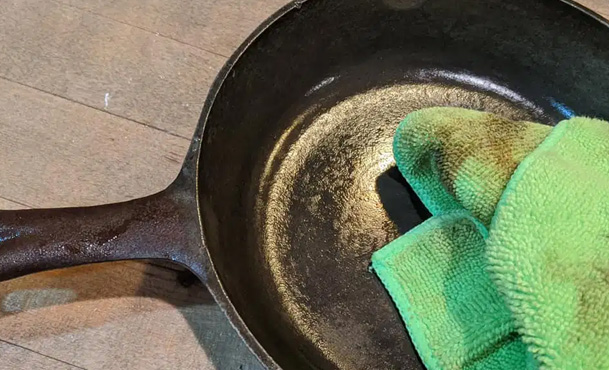
One of the most commonly asked questions in cast iron care is, "How do I season my cast iron skillet?" Everyone has their own specific ways. However, some techniques are incorrect in how to season your cast iron. I've seen videos where people slab layers and layers of Crisco and stick the cast iron in the oven at 350 degrees with a drip tray. That's a recipe for failure. That will guarantee your cast iron to be a splotchy and sticky mess.
Grab your cast iron guys! We are going to tackle this project together.
What you will need:
Turn your oven on to 200 degrees.
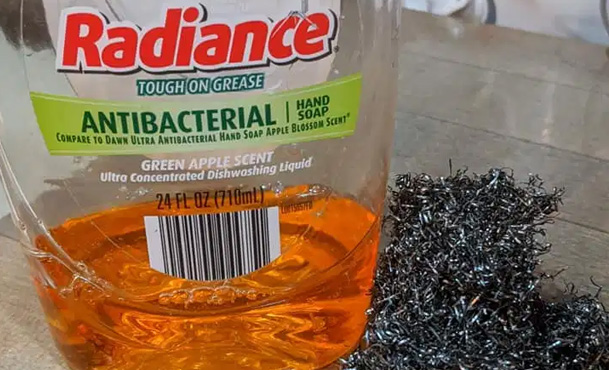
You need to scrub your cast iron with stainless steel scrubbing pads, with soap and water. This process will help to loosen up any grime, old seasoning, and food particles. You want to get to the bare bottom of the cast iron skillet.
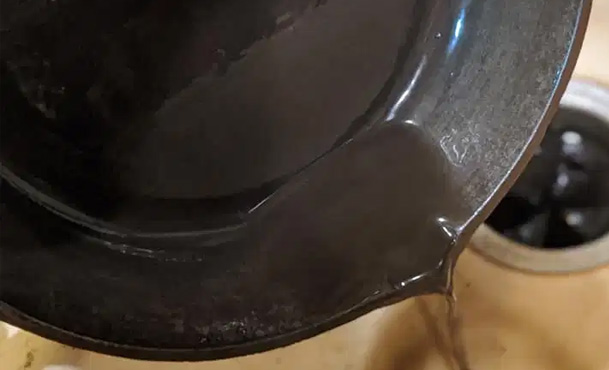
Dry your cast iron off completely with a microfiber towel.
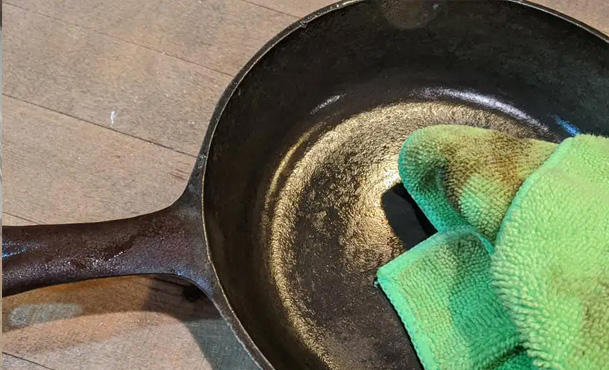
Once your cast iron is completely dry, you will need to add your oil. The oil you use must have a high smoke point. Smoke points are most commonly left out in cast iron seasoning. Smoke points are critical to cast iron seasoning. Using an oil with a low smoke point will result in a sticky mess.
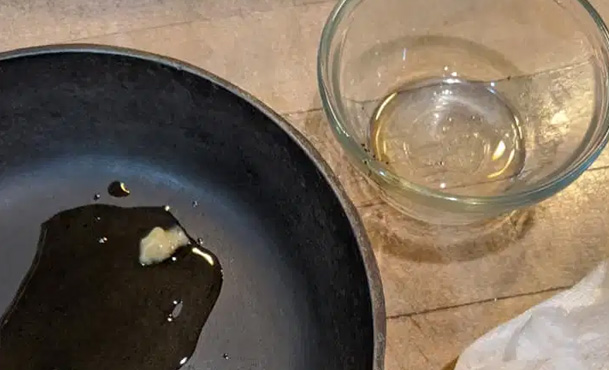
Smoke points are critical to reach. If you don't hit the smoke point, the seasoning will become sticky. This can affect how your food is prepared as well.
My go-to oils are rendered hog fat, bacon grease, lard, and veggie oil. The best way to tell if the oil you want to use has a high smoke point is to Google the oil's smoke point. The ideal smoke point is around 400 degrees.
Wipe your cast iron down (in my case ) with bacon fat. Once your cast iron is fully covered, you will need to wipe down your cast iron with another microfiber towel.
Place your cast iron in the oven upside down at 200 degrees for 15 minutes
After 15 minutes, you will need to scrub your cast iron down vigorously with a microfiber towel. A gentle wipe is not going to do the trick. You want to absorb all the oil in your skillet. This will prevent your cast iron from getting sticky spots.
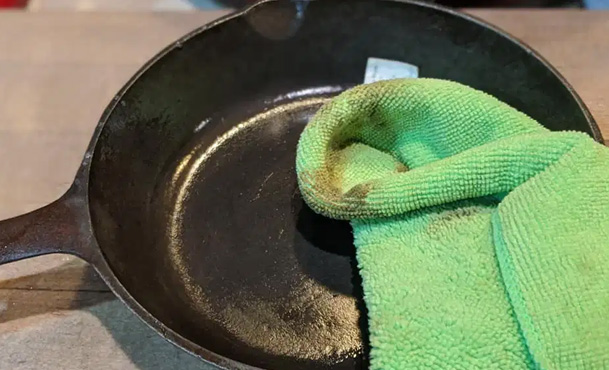
Place your skillet back in the oven at 200 degrees for 15 minutes. Wipe down with a microfiber towel vigorously and repeat one more time at 200 degrees.
After the third wipe down, you need to place the skillet back in the oven at 425 degrees for one to two hours.
Why so long? This will burn the oil off your cast iron skillet. Failure to burn off the oil will cause your skillet to become sticky. If your skillet does become sticky, this video will help you to fix the sticky problem.
Turn your oven off and allow the cast iron to cool down completely. One layer of seasoning is not enough for your cast iron. There needs to be about three layers. When your cast iron starts to bead up like raindrop on a waxed car, then there is enough seasoning on your cast iron. This video is a perfect demonstration.
Repeat the seasoning process like the first application of seasoning, for the second and third layers.
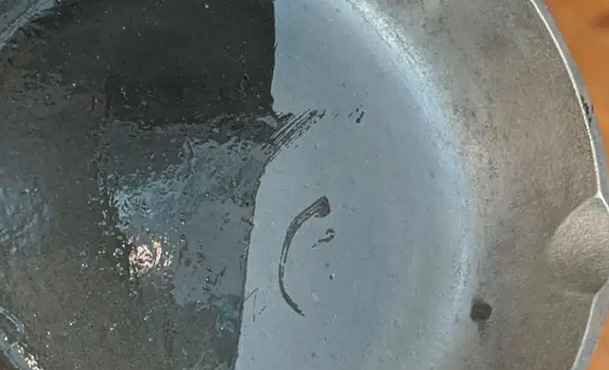
After the third layer is completed, I always add a small drop of oil and wipe off. This helps to strengthen the seasoning and adds that deep black shine you need. This is just good practice to do for any cast iron.
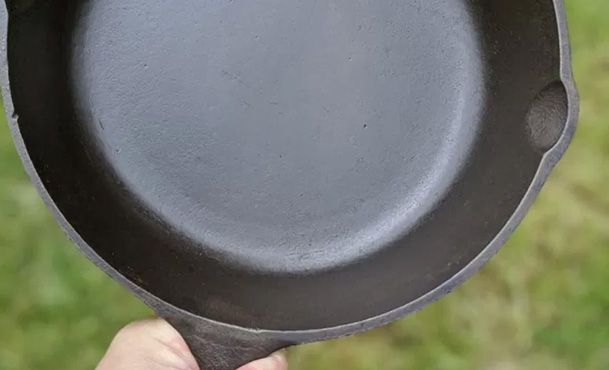
After you have successfully added seasoning to your cast iron, there is no need to ever season your cast iron again after cooking. Unless the seasoning has completely lifted off your cast iron by burning food or cooking in acidic food. I re-season my pans twice a year because I cook a lot in my family. This helps me to stay on top of my cast iron and to avoid running into any issues while I'm cooking.

